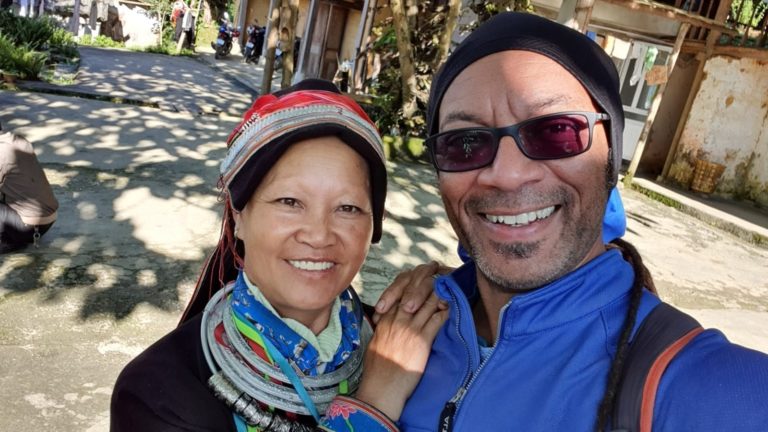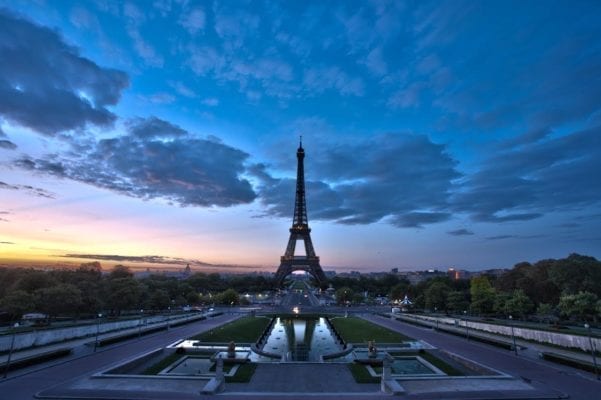7 things Van Gogh can teach us about photography
It might sound strange to suggest that painters can teach us anything about photography. I believe, though, that any creative pursuit springs from the same space within us – whether it’s photography, writing, painting or even making exquisitely beautiful cakes. Creativity comes from a desire to express ourselves, to verbalize […]




